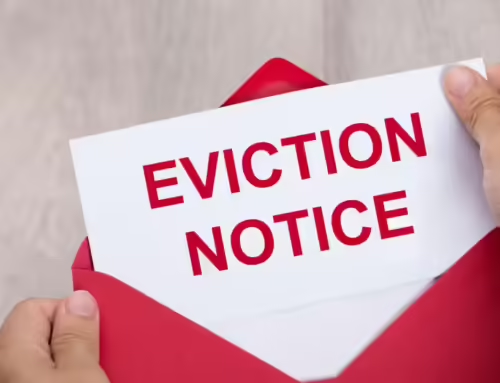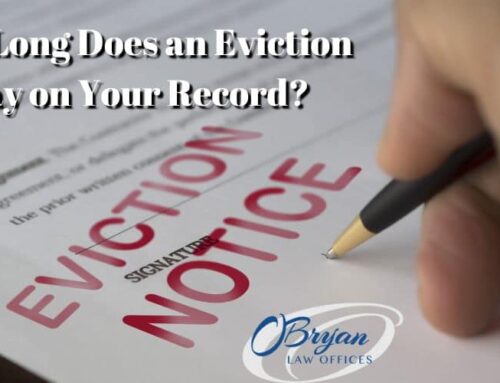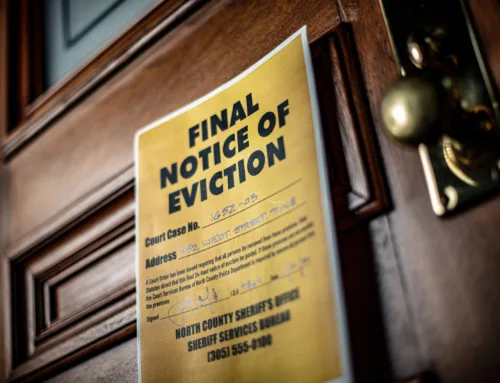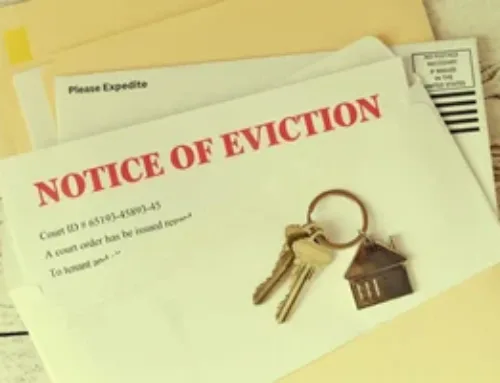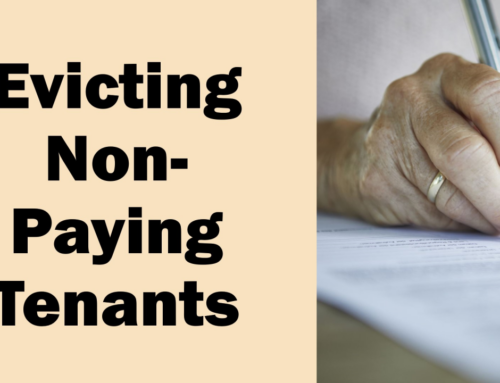The real estate market is often filled with challenges, particularly when it comes to vacant properties. However, with the right strategy, creative vision, and a bit of perseverance, vacant properties can be successfully sold, often leading to revitalized neighborhoods and satisfied buyers. This blog highlights several case studies of successful vacant property sales, showcasing the strategies employed and the outcomes achieved. Learn more about ” The future of vacant properties in real estate markets”
Case Study 1: Transforming a Dilapidated Commercial Space
Property Overview
A once-thriving retail building in a suburban area had fallen into disrepair after the original tenant vacated. The structure, while located in a prime area, suffered from neglect and vandalism, leaving it vacant for several years.
Strategy Employed
- Renovation and Staging: The owner decided to invest in a full renovation of the property. They enlisted the help of an architect to redesign the interior, creating a more open and inviting space. Professional staging highlighted the building’s potential for future tenants.
- Marketing Campaign: A targeted marketing campaign was launched, highlighting the building’s prime location, modern design, and potential uses, such as a coffee shop or boutique.
Outcome
After the renovations were completed, the property sold within three months at 30% above the asking price. The new owner successfully transformed the space into a popular café, breathing new life into the area and increasing foot traffic for neighboring businesses.
Case Study 2: Utilizing Digital Marketing for a Vacant Lot
Property Overview
A vacant lot in an up-and-coming neighborhood was struggling to attract buyers. Despite its prime location near public transportation and new developments, the property sat on the market for nearly a year without interest.
Strategy Employed
- Digital Marketing Push: The seller engaged a real estate agent with a strong online presence. They used targeted social media advertising and virtual tours to showcase the lot’s potential for development, emphasizing the neighborhood’s growth prospects.
- Community Engagement: The marketing campaign included hosting a local event on the property, inviting community members and potential buyers to envision their ideas for the space.
Outcome
The combination of digital marketing and community engagement resulted in multiple offers within a month. The lot sold for a price that exceeded expectations, and the new owner plans to develop it into mixed-use commercial space, further enhancing the neighborhood.
Case Study 3: Leveraging Historical Value
Property Overview
An old, vacant church building in a small town had been unoccupied for years, leading to concerns about its deteriorating condition. Despite its unique architectural features, the property faced skepticism from potential buyers regarding its viability.
Strategy Employed
- Highlighting Historical Significance: The seller worked with local historians to document the church’s history and architectural significance. They crafted a compelling narrative around the property, emphasizing its potential for preservation.
- Zoning and Usage Flexibility: They also explored zoning laws, finding that the property could be converted into a community center or event space, appealing to buyers interested in community engagement.
Outcome
After rebranding the property as a historical landmark with community potential, it attracted interest from a nonprofit organization seeking a space for community events. The sale was completed within six months, and the new owners successfully restored the church while maintaining its historical charm.
Conclusion
These case studies demonstrate that with the right approach, vacant properties can be transformed into valuable assets, benefiting both sellers and buyers. By employing strategic renovations, targeted marketing, community engagement, and highlighting unique features, property owners can overcome challenges and successfully sell their vacant properties. The examples discussed show that creative solutions not only yield financial success but also contribute to community revitalization and development.
FAQs
Q: What are the common challenges faced when selling a vacant property?
A: Common challenges include property deterioration, negative perceptions, difficulty in financing, and zoning issues. Proper planning and marketing can help mitigate these challenges.
Q: How can renovations affect the sale of a vacant property?
A: Renovations can significantly enhance a property’s appeal, attract potential buyers, and increase its market value. A well-designed renovation can transform a neglected space into a desirable property.
Q: What marketing strategies are effective for vacant properties?
A: Effective strategies include digital marketing campaigns, virtual tours, social media promotions, and community engagement events to generate interest and showcase the property’s potential.
Q: How important is community involvement in selling a vacant property?
A: Community involvement can be crucial, as it fosters a sense of connection and demonstrates the property’s potential benefits to the neighborhood. Engaging the community can lead to greater interest and higher offers.
Q: Can vacant properties be sold as-is, or do they always require renovations?
A: While many vacant properties can be sold as-is, making improvements can increase their appeal and market value. The decision to renovate depends on the property’s condition and the target market’s preferences.
By learning from these successful case studies, property owners and investors can adopt innovative strategies and achieve favorable outcomes when navigating the challenges of vacant property sales.




